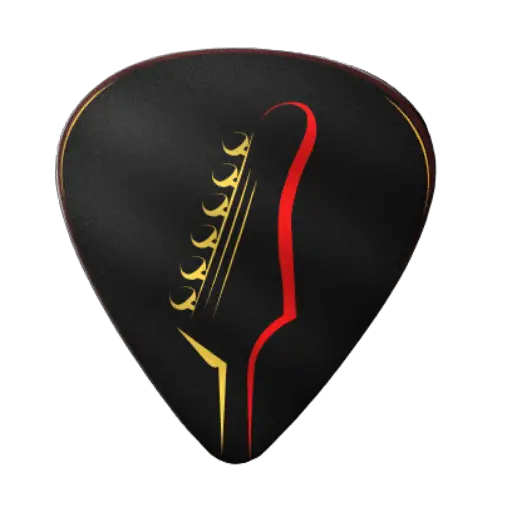When was the Wild West at its Peak
The Frontier Myth is a powerful narrative woven into the fabric of American history, shaping perceptions and contributing to the enduring mystique of the Wild West. To understand this myth, we must delve into the stories, ideologies, and cultural constructs that gave rise to this compelling aspect of the American identity.
1. Genesis of the Frontier Myth
Explore the roots of the Frontier Myth, tracing its origins to early European settlement and the westward expansion of the United States. Uncover how the notion of an untamed frontier captured the nation’s imagination.
2. Manifest Destiny and the Frontier
Examine the correlation between Manifest Destiny—a belief in the divine destiny of the United States to expand westward—and the development of the Frontier Myth. Analyze how this ideology influenced the perception of the West as a land of opportunity and promise.
3. Romanticized Narratives in Literature and Media
Investigate the role of literature, dime novels, and, later, Hollywood cinema in romanticizing the Wild West. Discuss iconic figures such as Davy Crockett and Buffalo Bill, whose stories became integral to the construction of the myth.
4. Distortion of Reality
Deconstruct the Frontier Myth by highlighting instances where reality diverged from the romanticized narratives. Address the discrepancies between historical facts and the embellished tales contributing to the myth’s perpetuation.
5. Cowboy Culture and the Lone Hero
Examine the portrayal of the cowboy as a lone hero, a central archetype in the Frontier Myth. Discuss how this image, often divorced from the realities of ranching, contributed to the myth’s enduring popularity.
6. Native American Perspectives
Consider the Frontier Myth from the perspective of Native American communities, whose histories and experiences were often marginalized or misrepresented. Explore how their narratives challenge the romanticized version of the West.
When was the Wild West at its Peak
The Frontier Myth is a powerful narrative woven into the fabric of American history, shaping perceptions and contributing to the enduring mystique of the Wild West. To understand this myth, we must delve into the stories, ideologies, and cultural constructs that gave rise to this compelling aspect of the American identity.
1. Genesis of the Frontier Myth
Explore the roots of the Frontier Myth, tracing its origins to early European settlement and the westward expansion of the United States. Uncover how the notion of an untamed frontier captured the nation’s imagination.
2. Manifest Destiny and the Frontier
Examine the correlation between Manifest Destiny—a belief in the divine destiny of the United States to expand westward—and the development of the Frontier Myth. Analyze how this ideology influenced the perception of the West as a land of opportunity and promise.
3. Romanticized Narratives in Literature and Media
Investigate the role of literature, dime novels, and, later, Hollywood cinema in romanticizing the Wild West. Discuss iconic figures such as Davy Crockett and Buffalo Bill, whose stories became integral to the construction of the myth.
4. Distortion of Reality
Deconstruct the Frontier Myth by highlighting instances where reality diverged from the romanticized narratives. Address the discrepancies between historical facts and the embellished tales contributing to the myth’s perpetuation.
5. Cowboy Culture and the Lone Hero
Examine the portrayal of the cowboy as a lone hero, a central archetype in the Frontier Myth. Discuss how this image, often divorced from the realities of ranching, contributed to the myth’s enduring popularity.
6. Native American Perspectives
Consider the Frontier Myth from the perspective of Native American communities, whose histories and experiences were often marginalized or misrepresented. Explore how their narratives challenge the romanticized version of the West.













